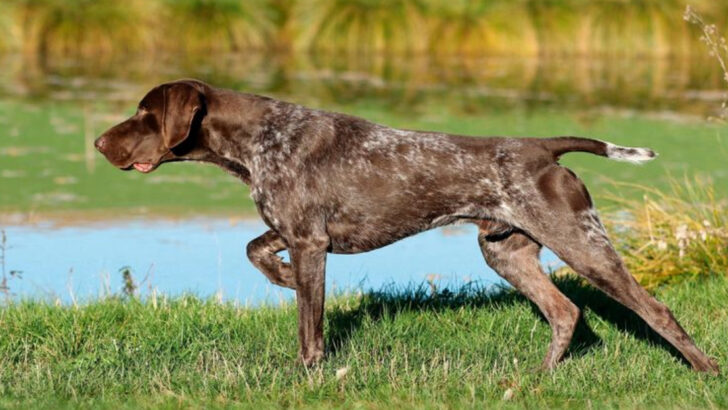Some legends never die. Others? They flop hard when it matters most.
For centuries, certain hunting dogs earned their stripes — tracking, retrieving, flushing, and fearlessly charging into brush and bramble. These weren’t just pets. They were partners. Warriors with wagging tails.
But in today’s world of designer mixes and couch-potato pups, not every modern breed lives up to the hype. Some are all looks, no grit. Others freeze at the first splash of mud.
So we’re putting them nose to nose. Eight tried-and-true hunting heroes still crushing it in the field… versus eight newer breeds that, well, fell short. This isn’t just about instinct — it’s about heart, history, and the dogs that still give it their all.
Bloodhound

Known for their unparalleled scent-tracking ability, Bloodhounds have been trusted companions for law enforcement and hunters. Their droopy eyes and long ears serve a purpose, capturing scent particles as they move. Often depicted in stories of old, these dogs are more than just legends; they’re a testament to canine intelligence and loyalty. Despite their somewhat lazy appearance, Bloodhounds are diligent workers. Their gentle demeanor belies a tenacity that is unmatched in the hunting world. A fun fact: their scent-tracking results are even admissible in court!
Beagle
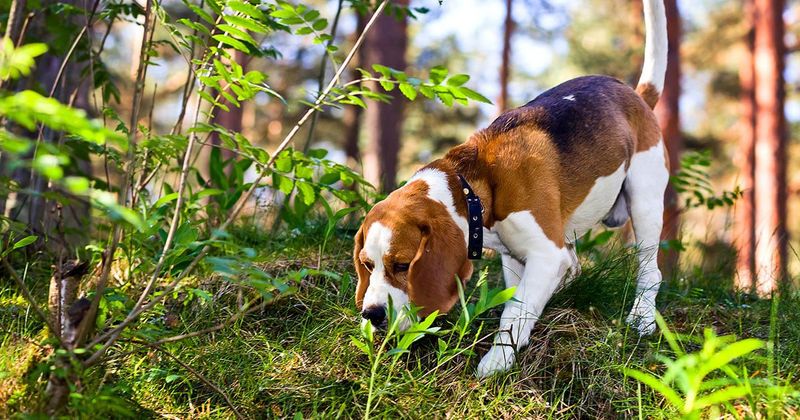
Beagles, with their merry personalities, have been family favorites and hunting partners alike. Originating in England, they were bred for tracking hares. Their compact size belies a determination that is impressive in the field. With a nose that knows no bounds, Beagles excel in scent detection. Their distinctive baying alert hunters to the presence of game. A curious fact: Beagles have an extraordinary sense of smell, second only to Bloodhounds. Their loyalty and energy make them both endearing pets and proficient hunters.
Labrador Retriever
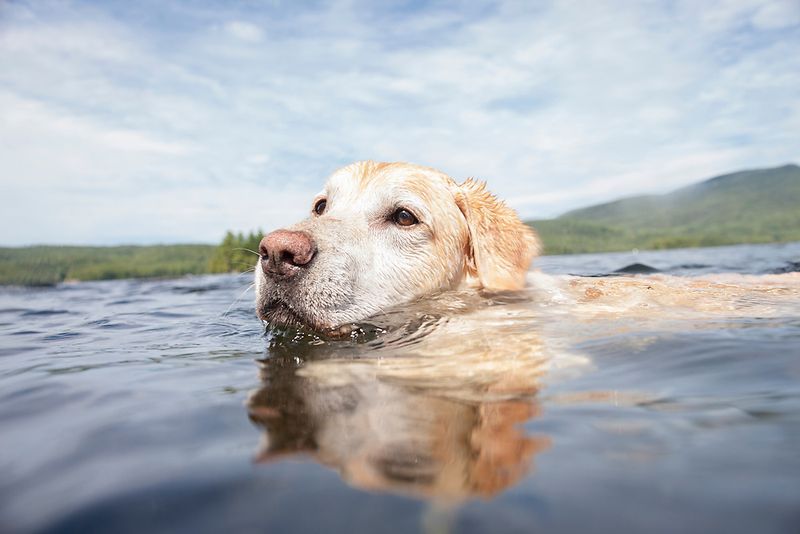
Labrador Retrievers, often associated with playfulness, are skilled retrievers in the hunting domain. Originating from Newfoundland, these dogs were initially bred to retrieve fishing nets. Their webbed feet and water-resistant coats make them natural swimmers. Labs are known for their intelligence, eagerness to please, and adaptability. In hunting, their ability to retrieve game without damaging it is invaluable. Did you know? Despite their name, Labradors come from Newfoundland, not Labrador. Their gentle demeanor ensures they remain favorites both in the field and at home.
German Shorthaired Pointer
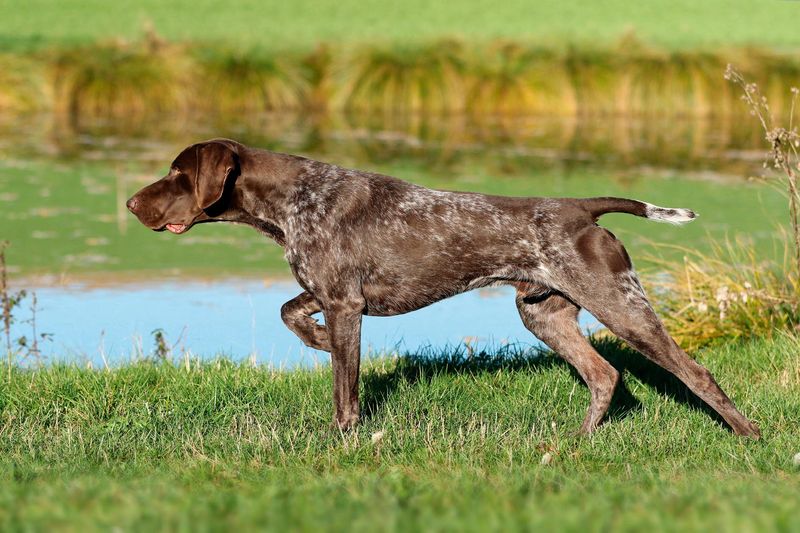
The German Shorthaired Pointer is a versatile hunting dog, renowned for its agility and endurance. These dogs are known for their unique stance, indicating the location of game. Bred for different types of game, they excel in both land and water hunting. Their spotted coats and lively demeanor make them stand out in any setting. A remarkable fact: these dogs are descended from Spanish pointers and various German breeds, creating a perfect blend of traits. Their instinctive pointing ability remains unmatched, making them valuable companions in the field.
English Springer Spaniel

With boundless energy, English Springer Spaniels are a sight to behold in the field. These dogs are adept at flushing out game, making them indispensable to hunters. Their playful nature and intelligence make them easy to train and a delight to work with. Originally bred in England, their versatility is evident in both upland and wetland hunting. A lively fact: their name “Springer” comes from their ability to “spring” game from hiding spots. Their enthusiasm and skill ensure they continue to be valued as hunting partners.
Weimaraner
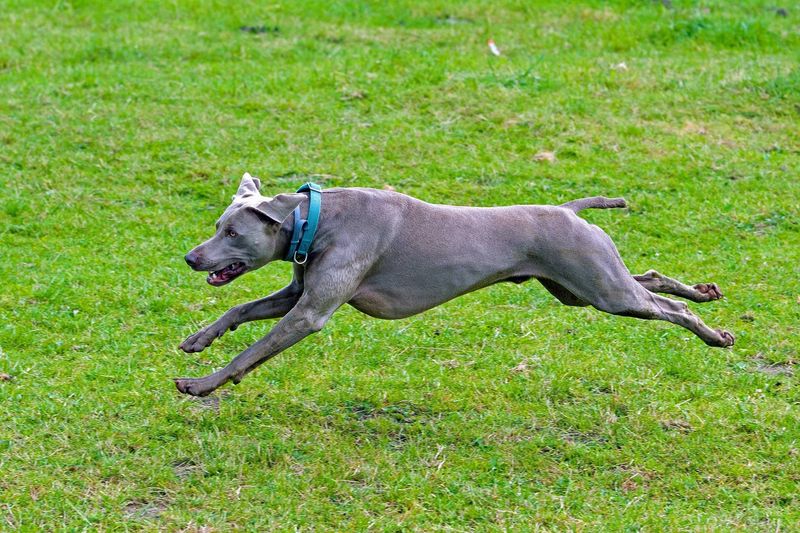
Weimaraners are often called the “Silver Ghost” of the hunting world. Their striking appearance is matched by their athleticism and stamina. Originating in Germany, they were bred for hunting large game like boar and deer. Their intelligence and trainability make them excellent companions both in the field and at home. Interestingly, their unique coat color is due to a gene dilution of the black coat. Weimaraners excel in endurance and speed, making them formidable hunters. Their loyalty and grace continue to captivate those who work with them.
Cocker Spaniel
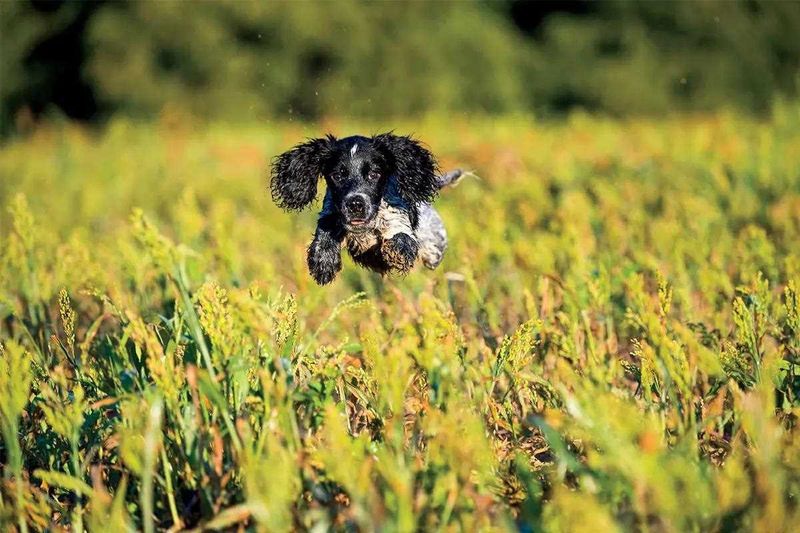
Cocker Spaniels, with their expressive eyes and joyful demeanor, have won hearts worldwide. Initially bred for hunting woodcock, they excel in both field and water games. Their compact size and enthusiasm make them agile hunters. Cockers are known for their ability to flush out game with vigor. Despite their smaller stature, their determination is unyielding. A charming fact: their ears are not just decorative; they help funnel scents towards their keen noses. Their versatility and spirited nature ensure they remain beloved companions in hunting and at home.
Vizsla
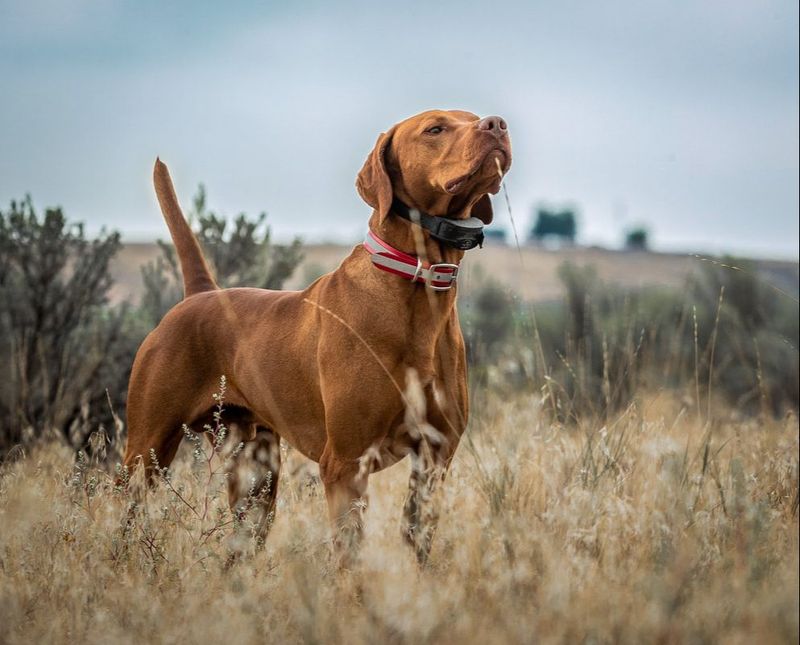
The Vizsla, with its sleek, rust-colored coat, is a symbol of elegance and athleticism. Originating from Hungary, these dogs were bred for hunting fowl and game. Their speed and agility make them formidable in the field. Vizslas are known for their gentle and affectionate nature, making them great companions beyond hunting. A notable trait: they are often called “Velcro dogs” due to their tendency to stick close to their owners. Their intelligence and eagerness to please ensure they excel in various roles, both as hunting partners and family pets.
Puggle
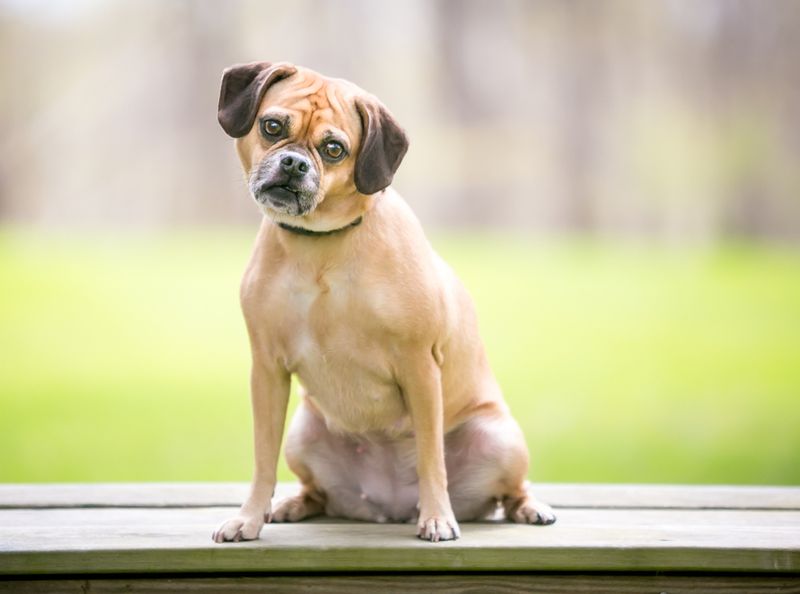
Despite its cute appearance, the Puggle has not met expectations in the hunting arena. A cross between a Pug and a Beagle, it lacks the hunting drive seen in its Beagle lineage. Its playful and friendly nature makes it a popular pet, but in the field, it falls short. The Puggle’s smaller stature and less pronounced scenting ability hinder its hunting capabilities. However, it remains a cherished companion for families due to its sociable disposition. A quirky mix, the Puggle highlights the challenges of breeding for specific traits.
Goldendoodle
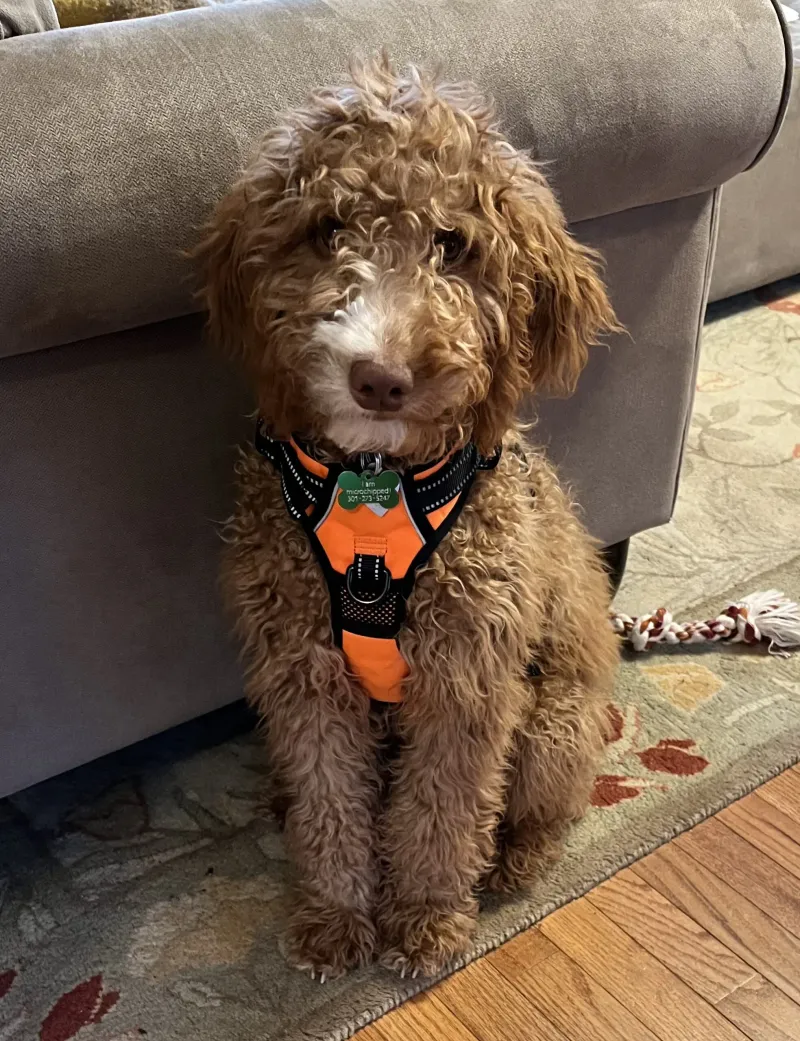
The Goldendoodle, a cross between a Golden Retriever and a Poodle, was bred for hypoallergenic qualities. However, its hunting prowess has not impressed. Though intelligent and friendly, Goldendoodles lack the instinctive drive of their retriever ancestors. Their focus remains on companionship rather than fieldwork. While they thrive as family pets, their performance in hunting scenarios is often lackluster. Despite this, their popularity continues to grow due to their affectionate nature and non-shedding coats. The Goldendoodle illustrates the balance between breeding for companionship and utility.
Labradoodle
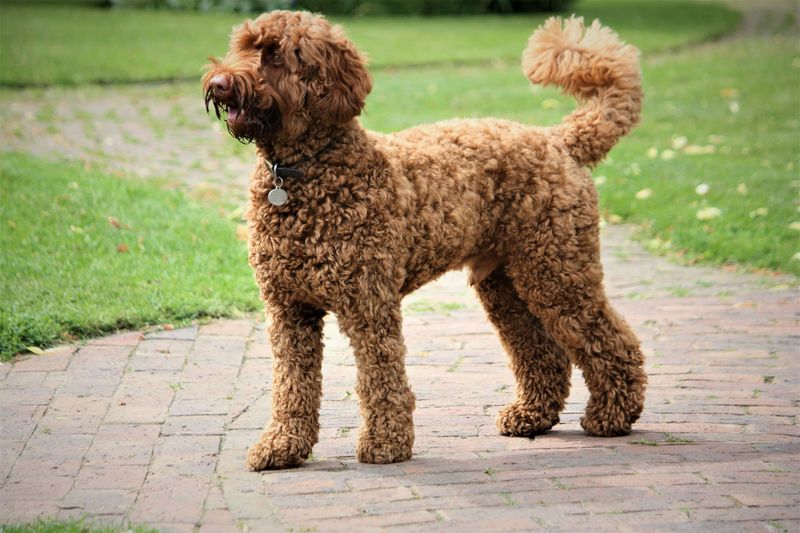
The Labradoodle, designed as a hypoallergenic guide dog, has mixed reviews as a hunting companion. While their Labrador ancestry suggests potential, their focus is primarily on companionship. They lack the instinctive retrieval skills of pure Labradors. Nonetheless, Labradoodles are cherished for their social nature and intelligent demeanor. As family pets, they excel, but in the field, they often underperform. Their charm and affability ensure they remain popular pets. The Labradoodle’s story highlights the complexities of breeding for specific traits, balancing utility with lifestyle suitability.
Cockapoo
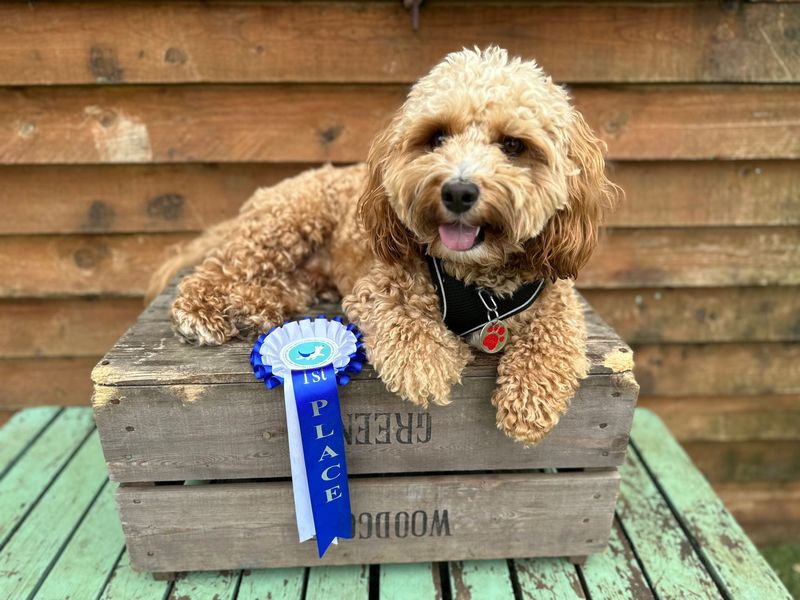
Cockapoos, a blend of Cocker Spaniel and Poodle, are adored for their friendly and outgoing nature. However, their hunting skills are often found wanting. While they inherit intelligence, their instincts lean more towards companionship than catching game. Cockapoos excel as family pets, known for their playful disposition and low-shedding coats. Despite their shortcomings in the field, their popularity endures. A charming companion, the Cockapoo’s appeal lies in its sociable and affectionate nature, not in hunting prowess. This breed showcases the balance between utility and companionship.
Schnoodle
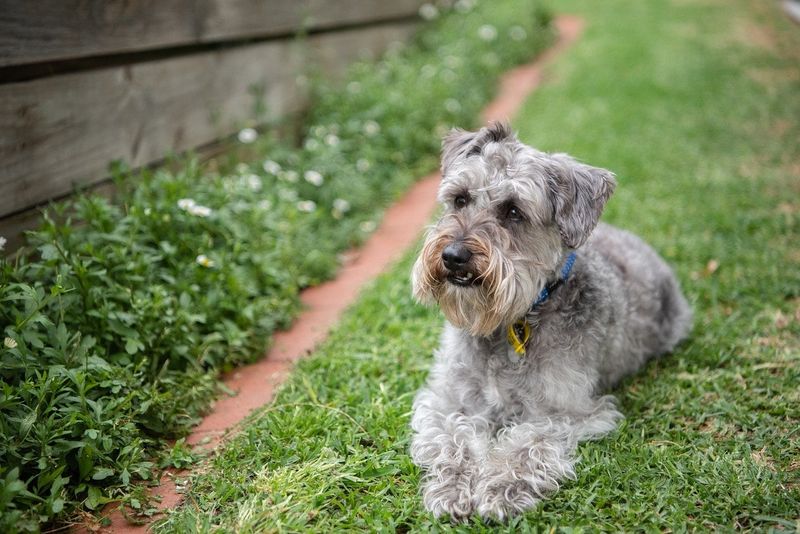
The Schnoodle, a mix of Schnauzer and Poodle, is known for its spirited personality. Yet, as a hunting dog, it often disappoints. The Schnauzer’s tenacity does not always translate into effective hunting instincts in this hybrid. However, Schnoodles are adored for their playful and affectionate demeanor, making them excellent companions. While they might not excel in the field, their charm ensures they remain beloved pets. This breed highlights the challenges of hybrid vigor, balancing traits from diverse lineages. Schnoodles thrive in homes, not hunting grounds.
Yorkipoo
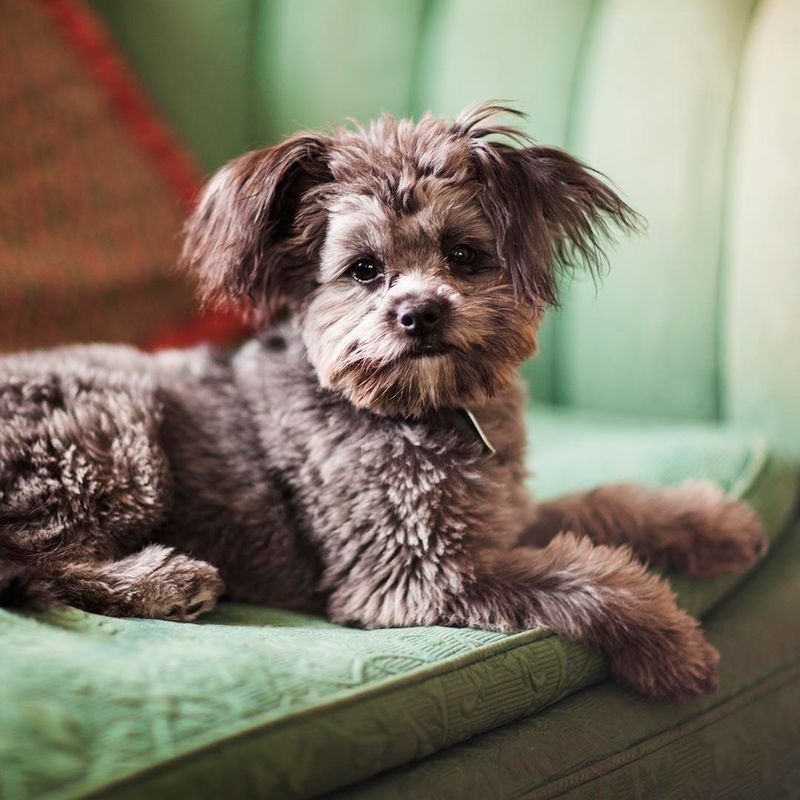
Yorkipoos, a mix between Yorkshire Terriers and Poodles, are delightful companions but lack hunting prowess. Their small size and charming demeanor make them perfect lap dogs, yet in the field, they falter. While they inherit energy and intelligence, their focus remains on companionship rather than hunting. Yorkipoos excel in homes, offering affection and playfulness. Their popularity stems from their cute appearance and lively nature. Despite their shortcomings in hunting, these dogs continue to warm hearts. The Yorkipoo’s story reflects the shift from utility to companionship in modern breeding.
Maltipoo

Maltipoos, a blend of Maltese and Poodle, are known for their gentle and loving nature. However, their hunting capabilities are minimal. Bred primarily for companionship, they lack the instincts of hunting breeds. Their small size and affectionate demeanor make them ideal for families and individuals alike. Maltipoos excel as companions, providing comfort and joy. Their story highlights the growing trend of breeding for lifestyle compatibility rather than utility. Despite their lack of hunting prowess, their popularity continues to rise. The Maltipoo embodies the shift towards companion-focused breeding.
Cavapoo
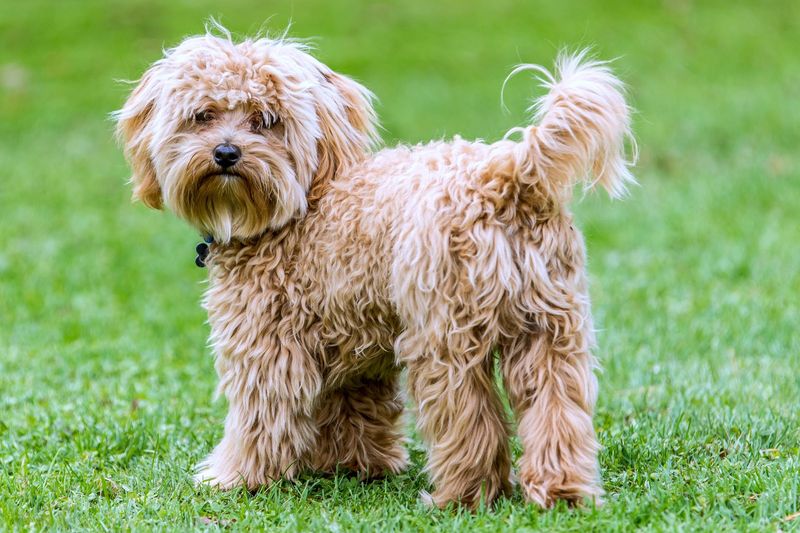
Cavapoos, a cross between Cavalier King Charles Spaniel and Poodle, enchant with their sweet nature but disappoint in hunting. While they inherit intelligence, their instincts favor companionship over fieldwork. Cavapoos delight families with their affectionate and playful personalities, becoming cherished pets. Though lacking hunting skills, their popularity is unwavering due to their charm and low-shedding coats. This breed reflects the modern focus on companionship and lifestyle adaptability. The Cavapoo’s appeal lies in its ability to bring joy and warmth, embodying the shift away from traditional hunting roles.

